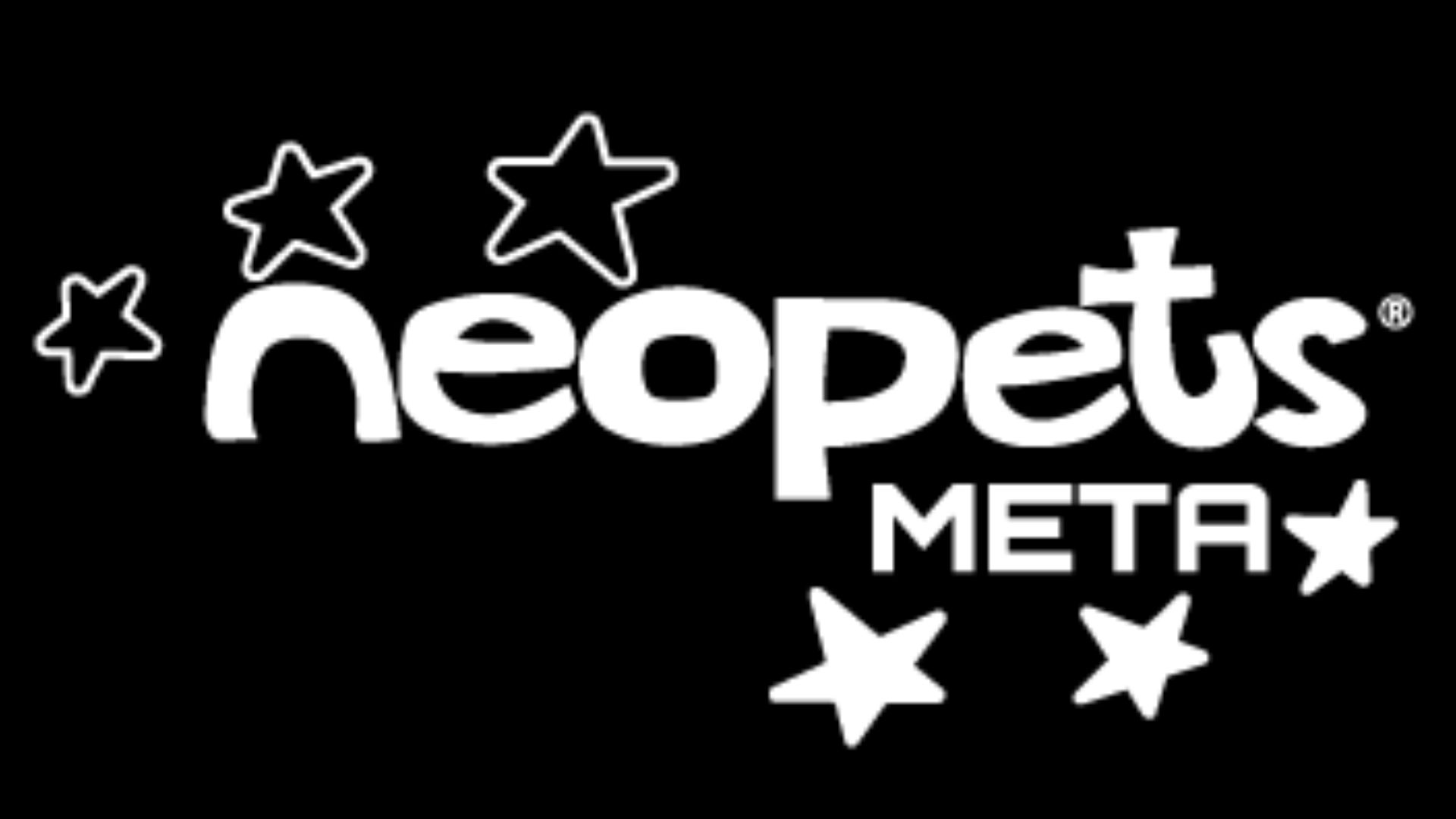 Neopets Metaverse on Wikimedia
Neopets Metaverse on Wikimedia
For better or worse, Neopets is the reason today’s earliest internet users feel nostalgic about 2004. It was a virtual pet website that expanded and grew from the creative minds of a group of kids into a massive empire, employing hundreds, if not thousands, of developers, managers, artists, content moderators, creators, and more over its lifetime. It introduced many to online communities, having created an entire metaverse for millions of children and teenagers in the early 2000s to gather, create, play, and spend (literally) every waking moment. As a result, the rise and fall of Neopets is one of incredible growth, technological revolution, and coporate greed.
The Rise of Neopets
Neopets started out small in November of 1999. Donna Williams and Adam Powell were two students in the United Kingdom who had a few days off, were both broke and a little bored, and decided to see if they could make something that would be both fun to build and possibly profitable to run. Williams, an art student, drew the graphics; Powell, a programming neophyte, pieced together a site from free web-building tools. Both thought of a simple concept: if people were going to play a virtual pet game, their pets should be like things they cared about. There should also be a world with enough compelling reasons to visit that players would want to check in daily.
The first version of Neopets was crude by modern standards, rough graphics, unpolished code, and, as its roster of early pets included Photoshopped versions of Pokemon and Mighty Morphin Power Rangers, probably even a little naughty. What wasn't crude were the interactive elements that made Neopets special: the pets themselves, which needed to be fed and played with; the minigames players could play in exchange for Neopoints; and the broader world of Neopia, which had more and more to explore each time a player logged on. Word spread of Powell and Williams's project quickly after they shared it on some message boards; traffic doubled every week as users talked about the game and their new pets with friends. Neopets had gone from a small venture by some college kids to a full-on digital sensation.
The response to Neopets was so strong that Doug Dohring, CEO of the Dohring Company, a company with a lot of investment experience in interactive games, saw untapped potential and got involved, heavily investing in the young web property. With his funding, Neopia could grow like never before. As the world expanded with new pets and new lands, dozens of minigames, a full-fledged economy, customizable shops, and its own community message boards, Neopets became one of the largest and most visited websites in the world in the early 2000s. Neopets could be found in schools, libraries, and homes, and the bright blue mascot of Neopets was one of the earliest digital playgrounds that predated social media.
The Downfall
Neopets was acquired by Viacom in 2005, and while its fanbase was initially optimistic that the influx of cash would result in an increase in features, servers, and events, the primary focus shifted to Flash-based games, advertising, and profit. Longtime players missed the core aspects of what made Neopia so special, the creativity, storytelling, and community that couldn’t be monetized.
Neopets games, puzzles, and even interactive maps were built using Flash software. When Adobe abandoned Flash and discontinued it in 2020, Neopets lost 90% of its interactive content. While games were eventually converted to HTML5, the process was slow and inefficient, resulting in many broken or lost games. Overnight, a once-lively and engaging site became static, barren, and broken.
Over the years, as Neopets was passed around from one owner to another, key elements of the site began to crumble. Pet customizations were left incomplete. Inflation rendered the site’s once-interesting virtual economy a farce. Neoboards, the site’s original social hub, became quieter. Worst of all, by shifting to pay-to-play mechanics, they were alienating the very fans who had been supporting Neopets for decades. Microtransactions became the norm, while any significant updates to the site stagnated.
Longtime Neopets players who poured real money into the site in the form of premium memberships, in-game perks, and microtransactions were getting little in return. Customer support became slower, worse, and eventually nonexistent. In some cases, players who paid monthly membership fees were unable to access their accounts for days with no communication from support staff. Loyalty was not rewarded, but instead exploited.









